Mobile spam is a huge problem in India; according to some estimates, spam may account for about half of all SMS messages within the sub-continent and costs residents at least $750 million ( Rs 3400 crore) in lost time each year.
The Indian government has issued a crack-down on mobile spam, but the problem that many legitimate marketers face problem in updating the list of people who have registered with Do Not call registry, as currently it takes a lot of time.
SMS Gupsup, has launched a new solution which makes it simple for marketers to update their Do Not Call lists.
 In their plans the Indian government plans to issue new National Consumer Preference Registry (NCPR) twice each week. The SMS GupShup application, called Scrubber, helps carriers, telemarketers, outbound call centers and others ‘scrub’ their lists according to consumer preferences to ensure that consumers are not spammed. Both mobile and land line numbers are scrubbed with the platform.
In their plans the Indian government plans to issue new National Consumer Preference Registry (NCPR) twice each week. The SMS GupShup application, called Scrubber, helps carriers, telemarketers, outbound call centers and others ‘scrub’ their lists according to consumer preferences to ensure that consumers are not spammed. Both mobile and land line numbers are scrubbed with the platform.
Viswanath Ramachandran, Chief Technology Officer of SMS GupShup said, “The Scrubber will allow people to harness the power of the mobile medium responsibly. Marketers will now be able to target mobile users more effectively, and communicate with only those who are interested in receiving their communications — providing an end to mobile spam.”
Phone and cellular numbers are matched and filtered according to user preferences; it has been tested on the more than 3 billion messages served by SMS GupShup each month. The solution works with voice, data and SMS message options.


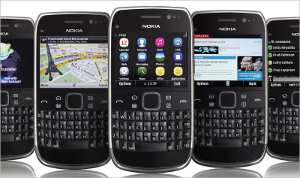 Nokia E6 supports 3G, WiFi and
Nokia E6 supports 3G, WiFi and 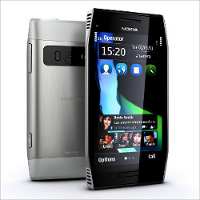 Nokia has positioned the X7 as an entertainment smartphone, and has 4 inch Amoled screen that displays 16 million colors in a 640 x 360 pixel resolution. The display is made of Corning’s Gorilla Glass, which protects it from minor scratches and breakage from accidental falls. To add more strength to the phone, Nokia has designed it in a stainless steel shell, which will enhance its longevity too.
Nokia has positioned the X7 as an entertainment smartphone, and has 4 inch Amoled screen that displays 16 million colors in a 640 x 360 pixel resolution. The display is made of Corning’s Gorilla Glass, which protects it from minor scratches and breakage from accidental falls. To add more strength to the phone, Nokia has designed it in a stainless steel shell, which will enhance its longevity too.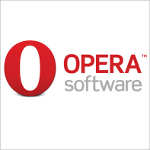

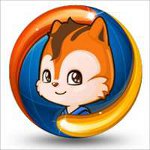 Some of its features, such as powerful search, stable network, multitabs, compression technology for faster loading, download manager, good preloaded time, predictive URL completion, view mode, save and share, and file manager have been received well and make it easy to browse the net using the typical small screen and slow network speeds.
Some of its features, such as powerful search, stable network, multitabs, compression technology for faster loading, download manager, good preloaded time, predictive URL completion, view mode, save and share, and file manager have been received well and make it easy to browse the net using the typical small screen and slow network speeds.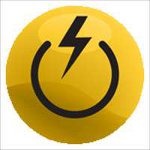 Bolt offers fast browsing and HTML5 support for video playback. One of its most interesting features is the fact that there is a long list of web applications that this browser supports, which includes Google Docs, Mafia Wars, and even Twitter and Facebook apps.
Bolt offers fast browsing and HTML5 support for video playback. One of its most interesting features is the fact that there is a long list of web applications that this browser supports, which includes Google Docs, Mafia Wars, and even Twitter and Facebook apps.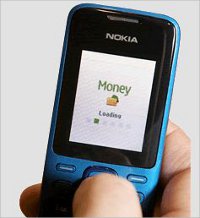 “Mobile Money services eliminate dependence on the physical presence of a branch or availability of internet banking services. Embedding the Money client in the Nokia devices going forward further makes the service ubiquitous and accessible for consumers across categories. We believe our partnerships with Yes Bank and Union Bank of India will help us connect the unbanked population in the country by leveraging the wide reach of our combined networks and the deep penetration of mobile services in the country.” Said Gary Singh, General Manager, Nokia Mobile Payment Services .
“Mobile Money services eliminate dependence on the physical presence of a branch or availability of internet banking services. Embedding the Money client in the Nokia devices going forward further makes the service ubiquitous and accessible for consumers across categories. We believe our partnerships with Yes Bank and Union Bank of India will help us connect the unbanked population in the country by leveraging the wide reach of our combined networks and the deep penetration of mobile services in the country.” Said Gary Singh, General Manager, Nokia Mobile Payment Services .